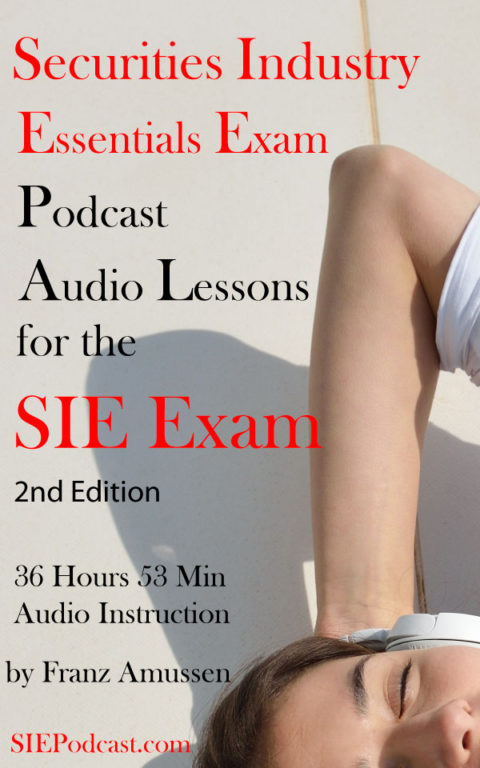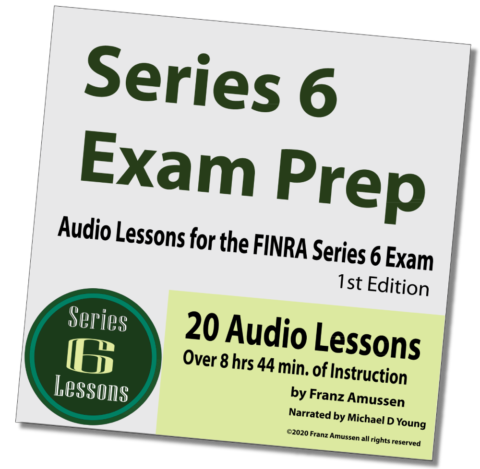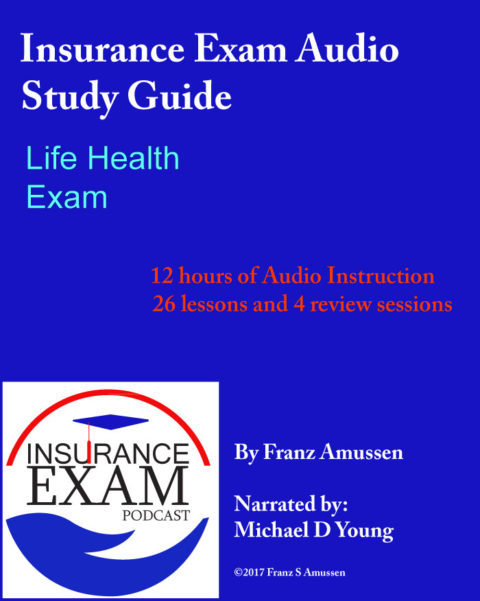Lesson 7 Entertainment Programs:
Entertainment programs
These programs invest in movies and music. These investments can be very risky as most creative projects are not the massive hits they need to be in order to turn a large profit. It is usually set up where the limited partners contribute capital for the partner and then the general partner actually produces the creative project.
The capital the limited partners put up is used for various expenses, including hiring talent, acquiring scripts, film equipment, location acquisition, production and editing costs, marketing and distribution expenses.
There are five stages of film development:
1. Developing the film, the budget is set down, the casting decisions are made, locations are scouted, etc.
2. Pre-production: Amendments to the original plans are made, schedules are set down, the crew is hired, sets and costumes are created.
3. Production: The actual film is shot.
4. Post-production: The film is edited and sound is mixed. Any additional visual effects are added and the soundtrack is created.
5: Distribution: The partnership tries to realize a profit on their investment. The movie is film is usually sent to theaters and then to home movie release.
If it is a music project, the investors’ expenses include equipment, talent acquisition (producers, musicians, sound engineers), renting recording space, production and editing costs, and marketing and distributing the music.
Both of these kinds of investments are highly speculative. For a movie, the general partner tries to shop a movie out to distributors who will then send pay a large fee for the rights to distribute the movie. For a music project, the general partner will produce a demo and approach record labels to get them to distribute the song for a fee.
Limited partnerships can also buy up existing intellectual properties in order to earn royalties, especially those with a good track record. There is a large initial investment for popular properties, but they can be a good long-term investment.
Equipment Leasing Programs
These DPPSs acquire equipment to lease or operate for a profit. To be a sponsor for a DPP of this type, you must have at least three years of equipment leasing experience that is the same as the kind being acquired for that partnership. The sponsor also has to have a net worth of at least $50,000 or 5% of everything that was sold by the DPP in the last 12 months.
Equipment naturally depreciates over time. It is a charge that reduces the value of the equipment on a balance sheet. When an equipment leasing program is calculating its net worth, they can add the value of the depreciation back to the value of the equipment as long as this doesn’t cause the equipment to be valued above current fair market value for that equipment.
During the organization stage, the sponsor can be compensated by up to 15% of the gross offering proceeds. This is different during the operational stage. All sponsors during this stage are required to keep an minimum investment in the cost of the equipment owned by the program, either 75% of the original investment or 80% of the original investment contributed by the limited partners.
The cost of the equipment is figured out to be the cost of purchasing the equipment, plus any taxes, interest costs, and any funds that are set aside to be working capital reserves. (This cannot exceed 3% of the total cost). It does not include any front-end fees paid to the sponsor or any other 3rd party.
Commodity Pools
This is a DPP that is created in order to invest in a specific commodity. They are run by a person/organization called a commodity pool operator. (CPO). The CPO puts all of the invested money into a single account in order to invest in futures contracts, options on future, or other commodity pools.
The CPO has to keep different commodity pools separate, with a different account for each one.
Structured Finance Programs
This is a DPP in which investors pool their money and then convert this into a capital market instrument, known as asset-backed securities. These can be made up of credit card loans, student loans, car loans, and other loans.
Venture Capital Programs
This is a venture to try to raise money to invest in companies that are still in their early stages. They typically invest in a group of small companies that are showing promise, so they hope to recoup their investment in the future. They usually specialize in a particular industry, such as technology, manufacturing, or education. This helps them specialize and provide help and advice to the companies as they are getting off the ground. The operation will vet potential companies and if they like what they see, they will invest and take an equity or ownership stake in that company.
This is a very high-risk, high-reward investment, because many companies fail within a few years. If, however, you invest in company that is very successful, you have the potential to make a lot of money.
The first round of funding for a company is known as “seed funding” or “A round” funding. Additional round of funding will be “B round”, “C Round”, and so on.
Venture Capital groups can seek to sell their stake in the company if things are not going well. These investments are not seen as being very liquid.
Business Development Companies
These are possible because of a law, originally from 1940, that was amended in 1980, called the Investment Company Act. These are unregistered, closed-end funds that provide capital to growing companies. It must have at least 70% of its assets invested in non-public companies that have a market value of less than $250 million. It is set up so that it passes its net investment income through it its investors as dividends. They give loans to the small companies, and receive interest on those loans, and so are able to turn a profit. The net investment income is equal to the interest income minus any expenses.
Real Estate Investment Trusts (REIT)
This is an organization that is brought together to manage, purchase, build, or finance real property. It can be organized as a corporation or a trust. They reap certain tax benefits beyond that of a corporation. It can pass through its net investment income to its investors. It must distribute at least 90% of its net investment income in order to keep being a REIT. It only has to pay taxes on what it retains and does not pass through.
1031 Exchanges
These are exchanges that allow investors to exchange investment properties and to reinvest the proceeds of what they sell into a new investment, while deferring the tax consequences of their transactions. The properties exchanged must be of a like kind. Investors have a 180 day window to close on the property once it has been identified.
If you are ready to get serious and want the full series of Series 22 Audio Lessons…
In order to take the Series 22 Exam you must also Pass the SIE Exam
We also have audio lessons for the following exams:
Podcast: Play in new window | Download








